Amplification is an indispensable element of the audio chain, in any situation and application. In fact, if it is obvious that amplification is very important in the reproduction of home and live audio, it should also be remembered that any signal we are working on, has to be studied and monitored appropriately, and we never have to underestimate the importance of the components we use for listening.
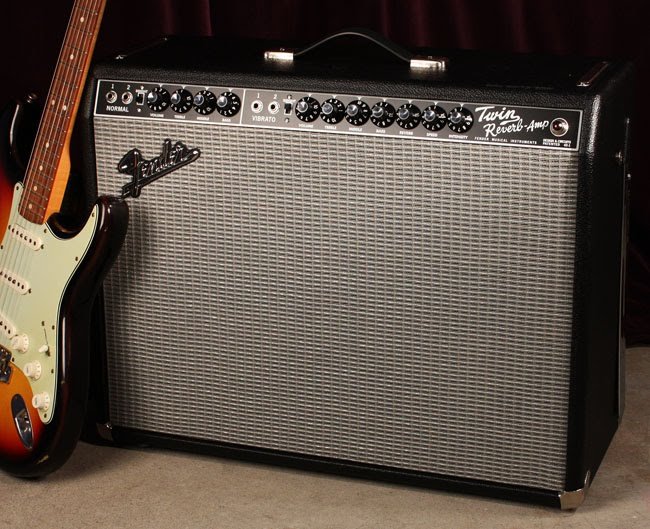
Although amplification is considered to be one of the simplest audio components, it is too often underestimated and entrusted to a poor or inadequate monitoring equipment, especially in a studio, where it is crucial for the thecnician not only to use suitable equipment, but also to know them thoroughly and to know how to discern their reactions to any type of signal.
Is often the case of the newbies, to have well-recorded and well-traced material available, and then to ruin the end result with a bad mix, perhaps made with hi-fi speakers that are totally inadequate.
Generally, an amplifier is a device that serves to increase a signal, like his name says, but it is also a device that introduces a check on the characteristic values of the signal, able to linearize it, and to control and possibly modify its impedance.
It is important to point up that an amplifier does not necessarily act only on the level of a signal, but also, if necessary, on other values.
An amplifier can be used, for example, live, to allow a concert audience to hear the output of the mixer
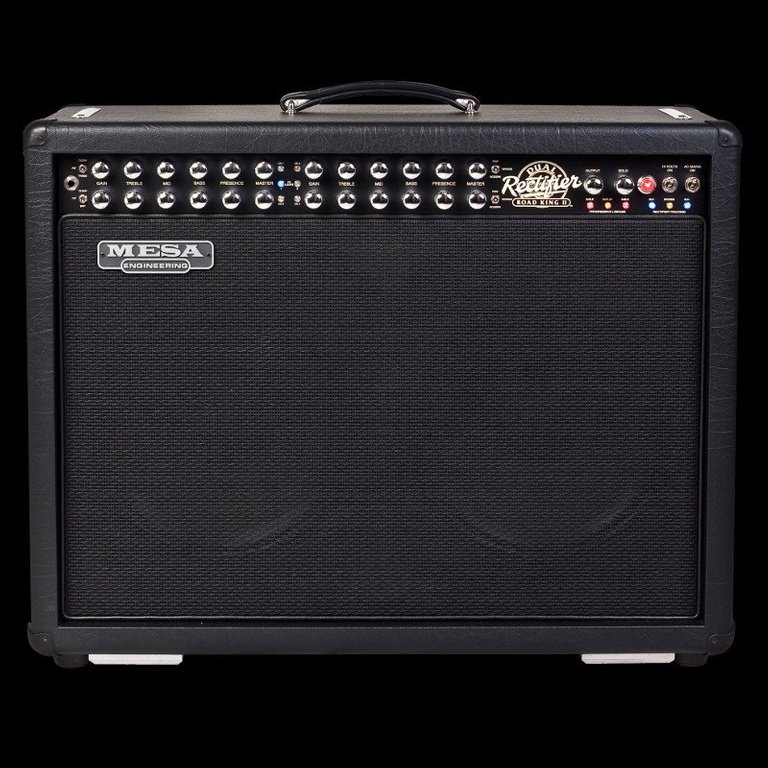
Can be used in the studio or stage to allow the (very low) signal of a microphone to reach the level correctly interpretable by the mixer (In this case we are talking about a preamplifier).
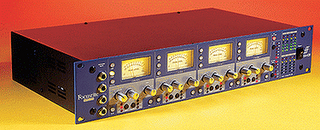
It can be used according to the frequency, in which case it receives the name of the equalizer.
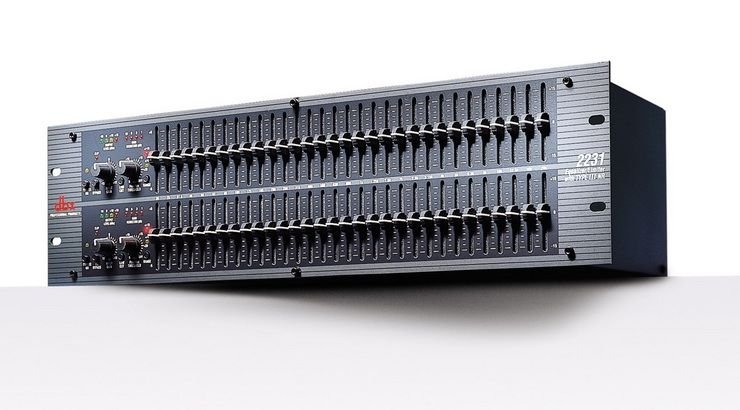
An image to understand the use of the amplifier is that of the valve, yes the hydraulic one (the electronic valve, also called - more properly - vacuum tube, takes its name from the hydraulic valve)

Through the hydraulic valve, you can control large water pressures with a minimum energy consumption.
Similarly, a vacuum tube controls the amount of signal flow.
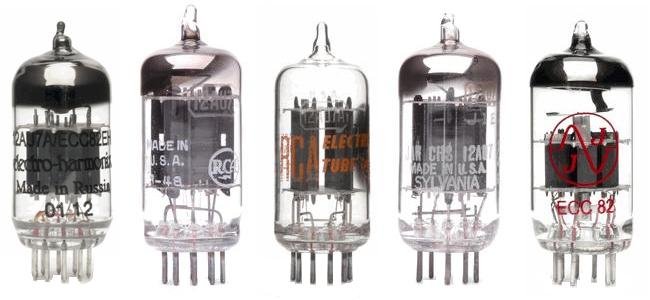
In the presence of a direct current, there is a potential difference between the cathode and the anode (the latter said plate in the vacuum tube) in the vacuum tube. Between the two elements, cathode and plate, there is a grid of metal material, which performs a function similar to that of the hydraulic valve, regulating the flow of electrons moving from the plate to the cathode. The following scheme is that of a particular vacuum tube, the triode.
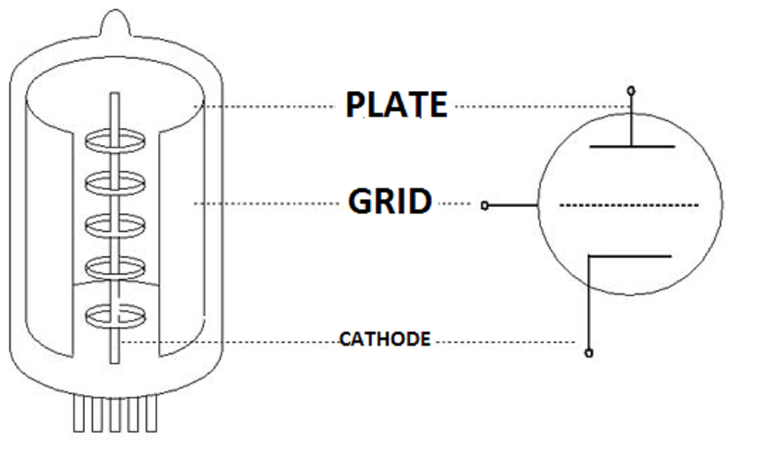
When the signal level on the grid undergoes even minimal changes, there are similar but much greater variations between the cathode and the plate. This, as can be seen in the next scheme, results in signal amplification.
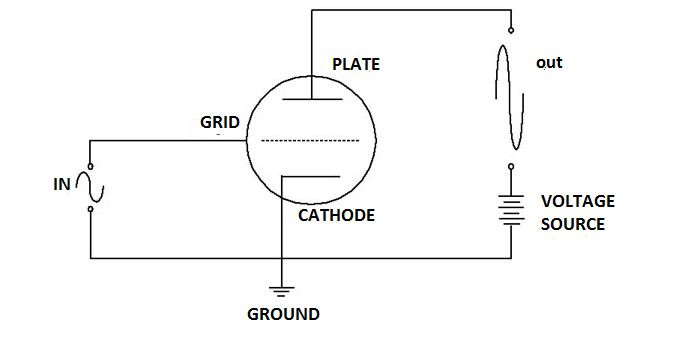
Most of the current amplifiers no longer use vacuum tubes, however, transistor equipment is very widespread. The transistor (trans-resistor) is based on a completely different electric principle, but in the similar essence, in the sense that the action of the transistor is identical to that of the valve we saw at the beginning. With a control voltage at the base of the transistor, it is possible to create a variation in the resistance between the collector and the emitter, proportional to the control voltage but much greater. This results in an amplification at the output of the device.
The basic scheme of a transistor amplifier is not very different from that of a "valve" amplifier (ie, a vacuum tube).
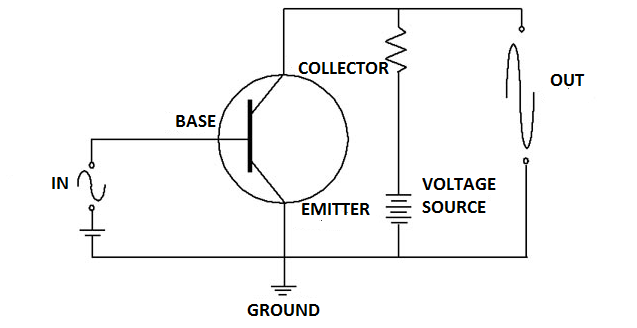
The transistor does not operate in a linear manner, this forces a correction by applying a bias signal applied to the base of the transistor, this signal forces the transistor to operate in a linearity zone.
I hope you liked it, if you have some suggestion or request for HOW DOES IT WORK? #3 please ask in the comment.
See you soon. Happy Steeming to everybody :)
That's really a nice post!
It's awesome to read a post on physics and music, my two loves :)
Thank you @iamberto, I'm glad you liked it :) happy steeming!
You too!